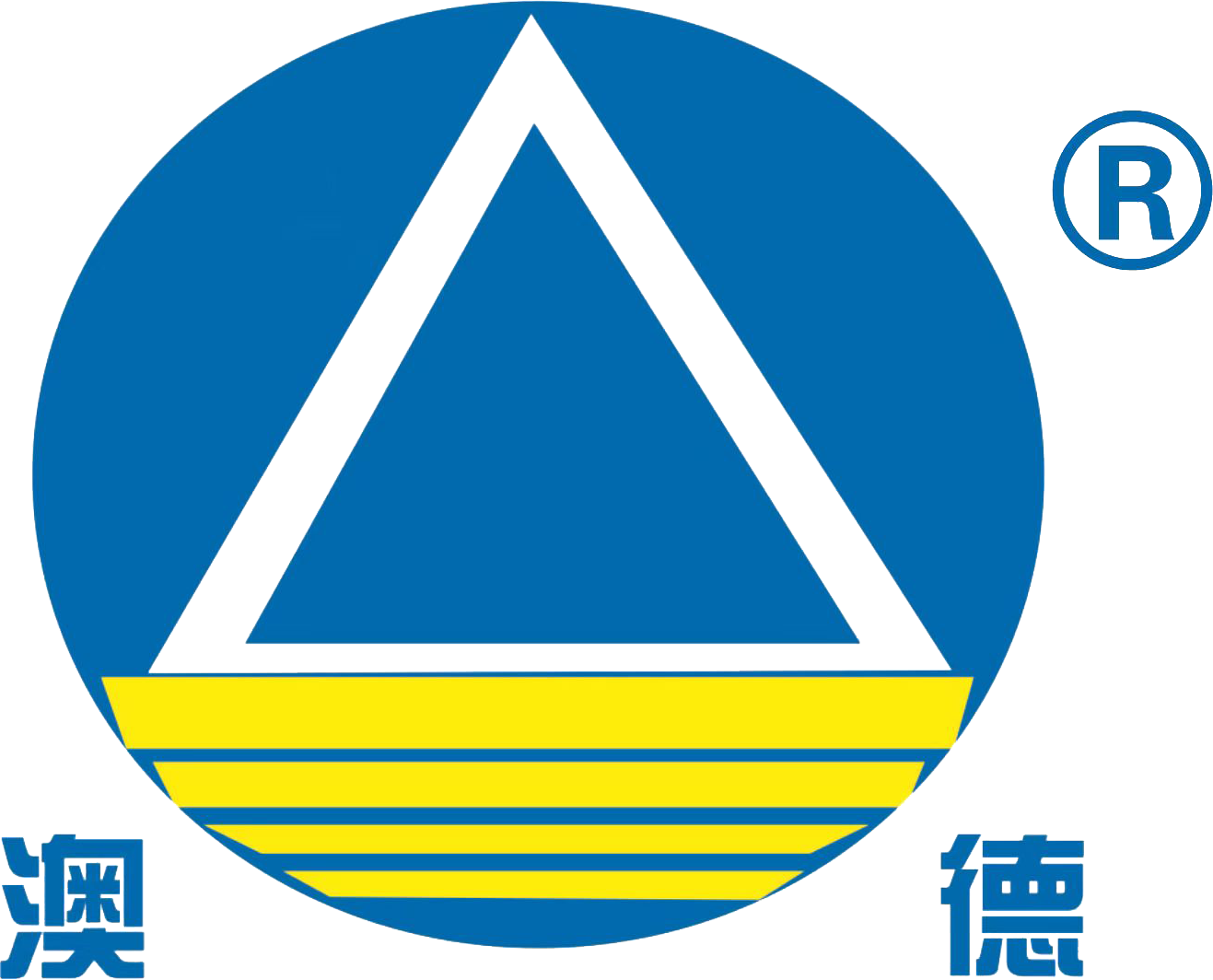Commonly used testing equipment in coal picks field
Coal picks (cutting tools for coal mining machines, tunneling machines and other equipment) need to go through multiple quality inspection processes from raw materials to finished products, involving testing of key indicators such as material properties, mechanical strength, wear resistance, hardness, etc. The following are commonly used testing equipment and their uses in each production link:
1. Raw material testing stage
Mainly for steel, alloy powder (such as carbide cutter heads), coating materials, etc. Composition and performance tests.
Spectrometer (such as direct reading spectrometer/OES): Detect the chemical composition of steel (C, Mn, Cr, Mo, etc.) to ensure compliance with material standards.
Metallographic microscope: Analyze the metallographic structure of raw materials (such as grain size, inclusions) and evaluate material uniformity.
Universal material testing machine: Test the tensile strength, yield strength, elongation and other mechanical properties of raw materials.
2. Carbide cutter head inspection
The carbide head of the pick (such as tungsten-cobalt alloy) needs to be tested separately for wear resistance and strength.
Rockwell/Vickers hardness tester: Measure the hardness of the alloy head (such as HRA≥85).
Bending strength tester: evaluate the fracture resistance of the alloy head.
Densitometer: detect the density of the alloy after sintering to ensure that there are no pore defects.
3. Cutting tool blank processing stage
Three-coordinate measuring machine (CMM): detect the dimensional accuracy of the blank (such as the tolerance of the cutter head mounting groove and welding surface).
Ultrasonic flaw detector/X-ray flaw detector: check the internal cracks, pores and other defects of the blank.
4. Detection after heat treatment
Heat treatment (quenching, tempering) directly affects the hardness and toughness of the pick.
Leeb hardness tester/Brinell hardness tester: test the hardness of the tooth surface and core (such as tooth body HRC 40-50, cutter head HRA 85+).
Impact tester (such as Charpy impact test): evaluate the toughness in low temperature environment (to prevent brittle cracking in underground operations).
Residual stress detector: analyze the stress distribution after heat treatment to avoid deformation or cracking risks.
5. Welding quality inspection
The welding strength between the carbide head and the steel body is the key.
Shear strength tester: measure the shear resistance of the weld surface (usually required to be ≥300MPa).
Metallographic microscope/electron microscope: observe the microstructure of the weld joint area to ensure that there are no defects such as unfusion and pores.
6. Surface treatment (such as spraying, carburizing) detection
Coating thickness gauge: detect the thickness uniformity of wear-resistant coatings (such as tungsten carbide spraying).
Scratch tester: evaluate the bonding strength between the coating and the substrate.
Friction and wear tester: simulate working conditions to test the wear resistance of the coating (such as wet sand rubber wheel wear test).
7. Finished product comprehensive performance test
Rotary cutting test bench: simulate actual coal mining conditions to test the cutting efficiency and wear life of the pick (such as the footage of cutting sandstone/coal rock).
Dynamic balance tester: ensure that the pick is not vibrated and unbalanced when rotating at high speed (for some models).
Salt spray test chamber: test corrosion resistance (suitable for high humidity mine environment).
8. Final inspection before delivery
Optical image measuring instrument: full-size re-inspection (such as total length, cutting edge angle, installation hole position, etc.).
Magnetic particle inspection/fluorescent penetrant inspection: detect surface microcracks.
Random sampling destructive test: sample picks for limit load test (such as crush test).
Key test standard reference
Domestic: MT/T 246-2006 "Coal mining machine picks", GB/T 10424-2018 "Carbide impact test method".
International: ISO 1832 (indexable insert standard), ASTM E384 (hardness test standard).
Summary
The test equipment for coal picks covers the entire process from material composition analysis to working condition simulation. The core goal is to ensure:
High strength and wear resistance (carbide head + heat treatment process);
Welding reliability (no defects, high bonding strength);
Dimensional accuracy and dynamic balance (matching coal mining machine operation requirements).
Enterprises usually need to configure testing equipment based on their own processes and regularly pass third-party certification (such as the mining product safety mark MA/KC).
Sample Block Quote
Nam tempus turpis at metus scelerisque placerat nulla deumantos sollicitudin delos felis. Pellentesque diam dolor an elementum et lobortis at mollis ut risus. Curabitur semper sagittis mino de condimentum.
